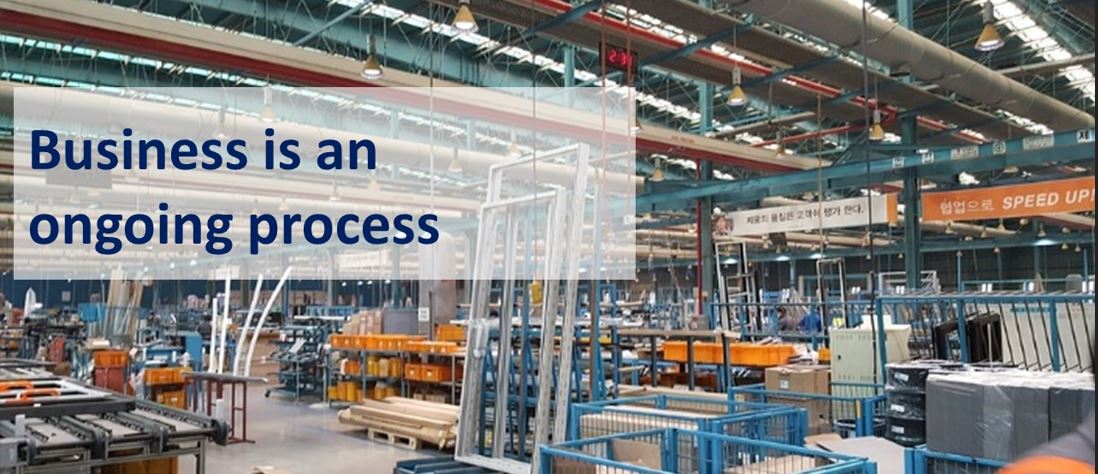
The system was created to make the logistics of finished products easy and traceable and it is structured to plan and track each individual shipment, from the confirmation of the load order by the customer, to the delivery and issuance of administrative documents and their historicization. The Logistics management module of the Thesi Ev Sphere ERP also monitors all the processes that intervene between one phase and the other, such as the passive costs that have occurred, those relating to sub-carriers and everything that can typically happen for those who offer services of Integrated Logistics. The solution we propose aims to promote efficiency in processes, with the possibility of streamlining manual work, reducing downtime and optimizing resources with a real increase in margins. The system is integrated and / or integrable with the WMS and/or the AGT Log as well as with all the modules of the Thesi Ev Sphere ERP. The Logistics and Shipping module is an integral part of the WMS.

The Logistics module, by Thesi EvS, integrated and/or integrable with the warehouse, for companies that carry out the Logistics service internally as well as warehouse and production activities, allows you to manage all internal and external warehouse movements , the loading bays/piers, the type of loading vehicle, the management of shipments and traceability through the identification of the individual shipment. The warehouse worker, through the Management System, selects the shipment to be made, prints the loading list, prints the identification labels of the pallet and confirms, for each order, the loading. The preparation of the shipment is facilitated by the installation on the system of a LISTENER MODULE, through which the operator loads the goods identified by the GS1 SSCC code and prepares the shipment on the indication of the data provided by the system in order of shipment date / bay. pier, shipment sequence. When there are no more orders to be prepared for that same shipment, the Software updates the ok (identified with a green code) to inform the logistics office that it is possible to print the delivery note and close the shipment. At this point, the receipt documents are issued and the shipment is historicized. The system allows comprehensive and customized maintenance for each single shipment generated and offers the possibility of accessing the “closed shipments” history.
The System includes the use of the GS1 SSCC International Coding and Labeling STANDARDS that allow products to be tracked both within the company (whether they are in stock, in production or “in preparation for shipment” ), on one or more warehouses, on the entire supply chain or along the Supply Chain.
The traceability relating to the Inbound Logistics and Outbound Logistics process is managed with the same serial numbers.
GS1 SSCC Technology promotes the implementation of a series of processes such as CROSS DOCKING and AUTOMATIC RECEIPT/ALLOCATION OF GOODS.
The GS1 SSCC code is a useful tool for tracking information with optical readers (scanners) or RiFID labels which are, however, a more expensive option.
The identification and positioning of the goods in the warehouse is identified with the unique serial number GS1 SSCC or in the case of companies that work in the field of production, with the SIPs or “unique identification cards”
The Logistics module is integrated or can be integrated with the WMS, by Thesi EvS, in order to provide optimal management of integrated logistics.
The WMS allows the planning and management of goods receipt through integration with the module dedicated to the Logistics service.
The Logistics module, integrated with the WMS, manages the arrival of goods in the warehouse and allows you to track the lots for the identification of the batches, whether they are raw goods, goods on consignment basis or finished products.
The system offers a useful tool for tracking information with optical readers (scanners) or RiFID labels (which are a more expensive option) to be used in the supply chain with the Kanban or Traditional method.
POSITIONING OF GOODS
The identification of the positioning of the goods is facilitated by the use of the unique serial GS1 SSCC.
The positioning or picking operation by the operators is facilitated by the passage of information, in real time, from the System to the Robot (or forklift, whether guided by the operator or laser guided) and vice versa, from the Robot / Forklift to the System.
The System manages the traceability service known as “Track & Trace” for companies working in the Integrated Logistics and/or Transports, which allows you to remotely monitor your goods in real time both on transport vehicles and in the warehouse of the logistics service providers.
The Truck & Trace service offers the possibility of tracking your own and/or others’ goods.
The system also offers the opportunity to manage stock on behalf of third parties.
The new wireless functions allow you to operate with the warehouse module from any moving vehicle inside or outside it.
The System provides with the Packing list or “bill of parts contained within a package”.
